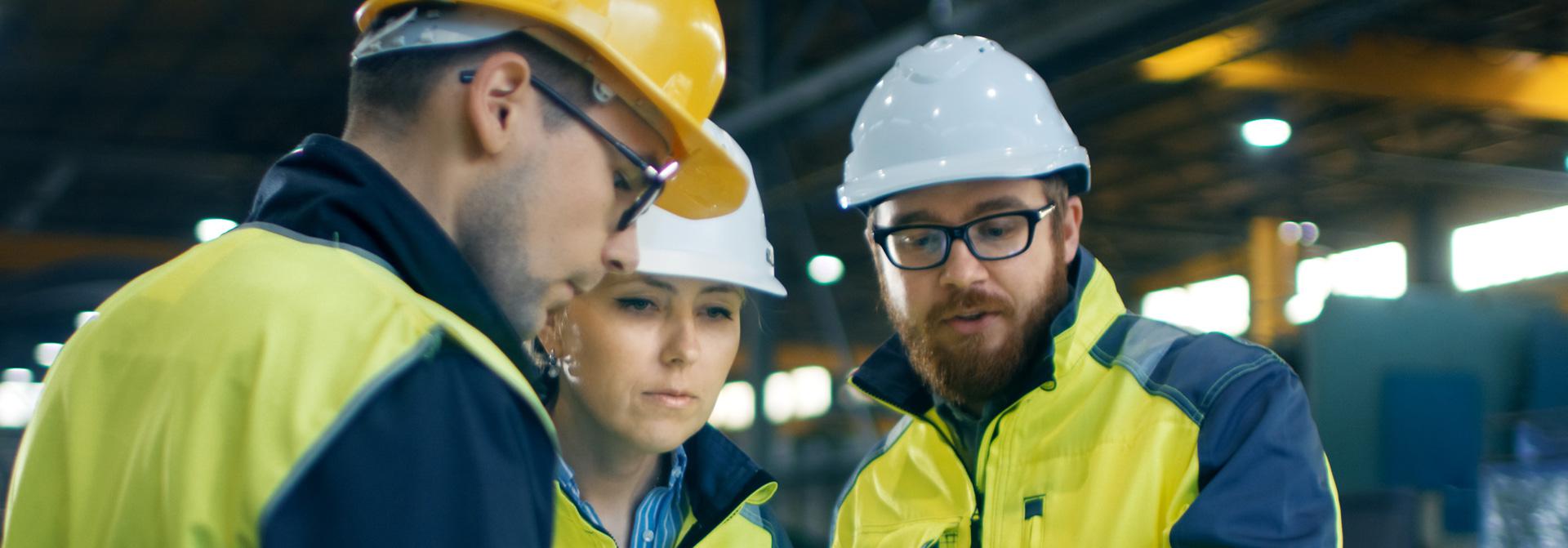

Viscoelastic foam in addition to the open-cell structure of fomed polyurethane has an additional very interesting feature – the capability to react to temperature.
In practice, the foam’s reaction to human body temperature and the individual support points makes it softer in the parts compressed and warmer – which ensures even distribution of the support points.
This means that the foam adjusts itself to the shape of the body as its elasticity increases with temperature.
This is why viscoelastic foams have a very wide range of application in the production of comfortable mattresses, specialized medical mattresses, anatomical cushions and other items of very high user comfort. Viscoelastic foam can also be used for softening toppers that improve the comfort of upholstered furniture.
LAZY FOAM or MEMORY FOAM, VISCOELASTIC FOAM, VASCO FOAM – are the names commonly used in the industry for viscoelastic foam by the industry because of its specific property, namely its slow, unassisted return to the original shape. The recovery time in seconds [s] is one of the physicomechanical parameters for viscoelastic foam.
Each production batch of viscoelastic foams is tested in the local Vita quality control laboratory for physicomechanical properties and fire resistance according to relevant international standards. In addition, within 6–12 months after production it is also tested in a renowned external laboratory to obtain the required Certificate of Flame Retardance.
PUR open-cell foam in rolls up to 2400 mm wide and thickness ranging from 2 mm to 20 mm.
Including:
Polyester foams;
– for flame lamination
Polyether foam;
– for glue lamination
Laminated PUR polyurethane foam:
– laminated foam with a variety of materials or foam with foam as footwear elements such as as interior lining and components the outer shoes
For more information: brzegdolnysales@thevitagroup.com, brzegdolnytech@thevitagroup.com